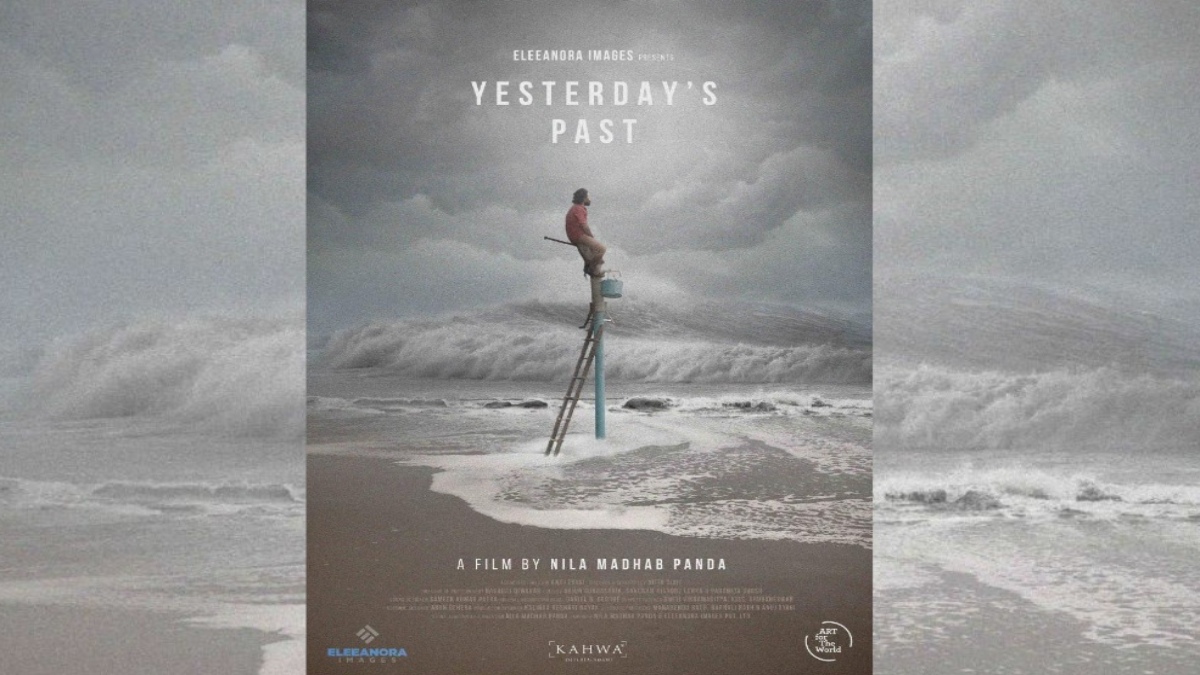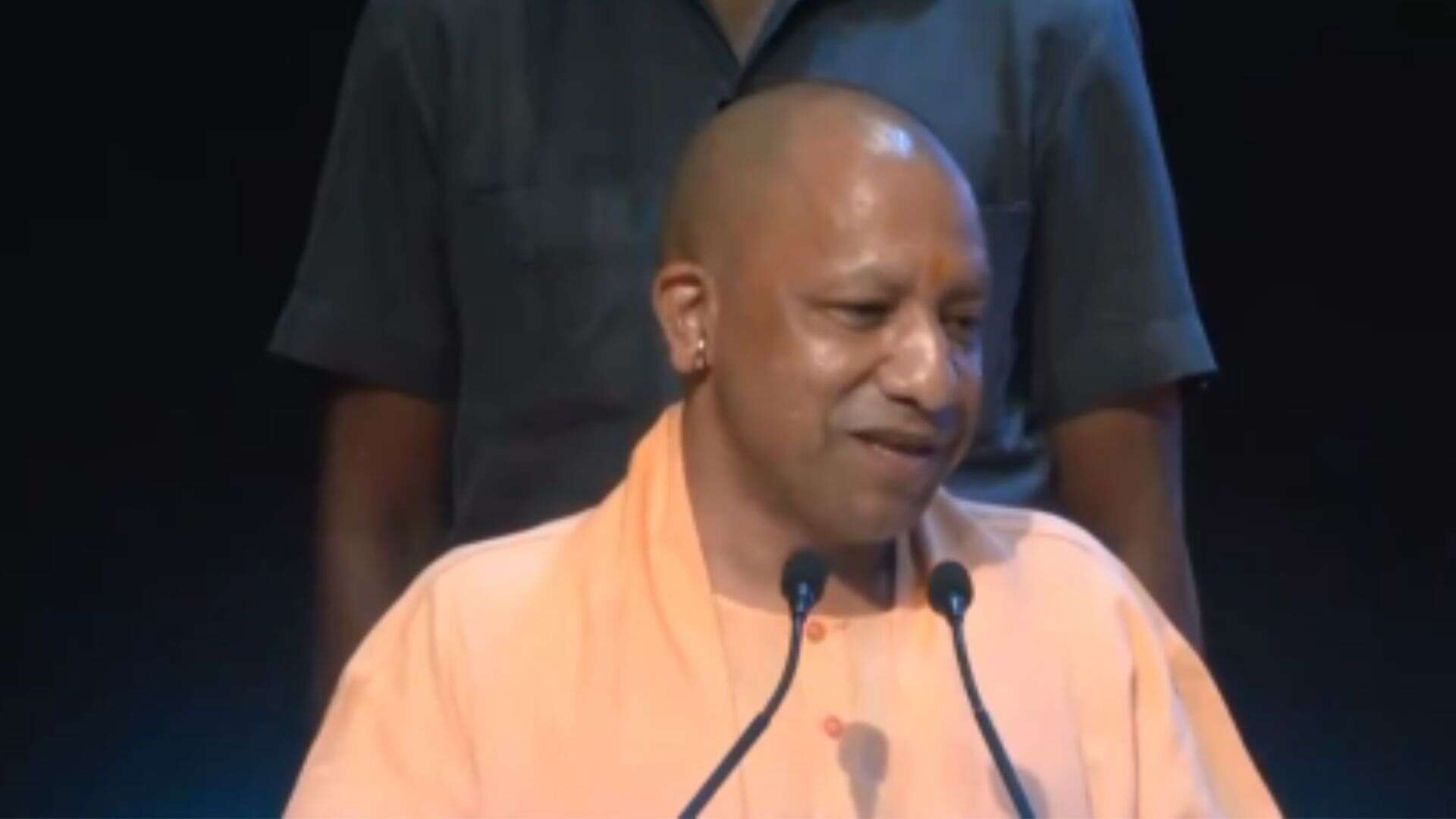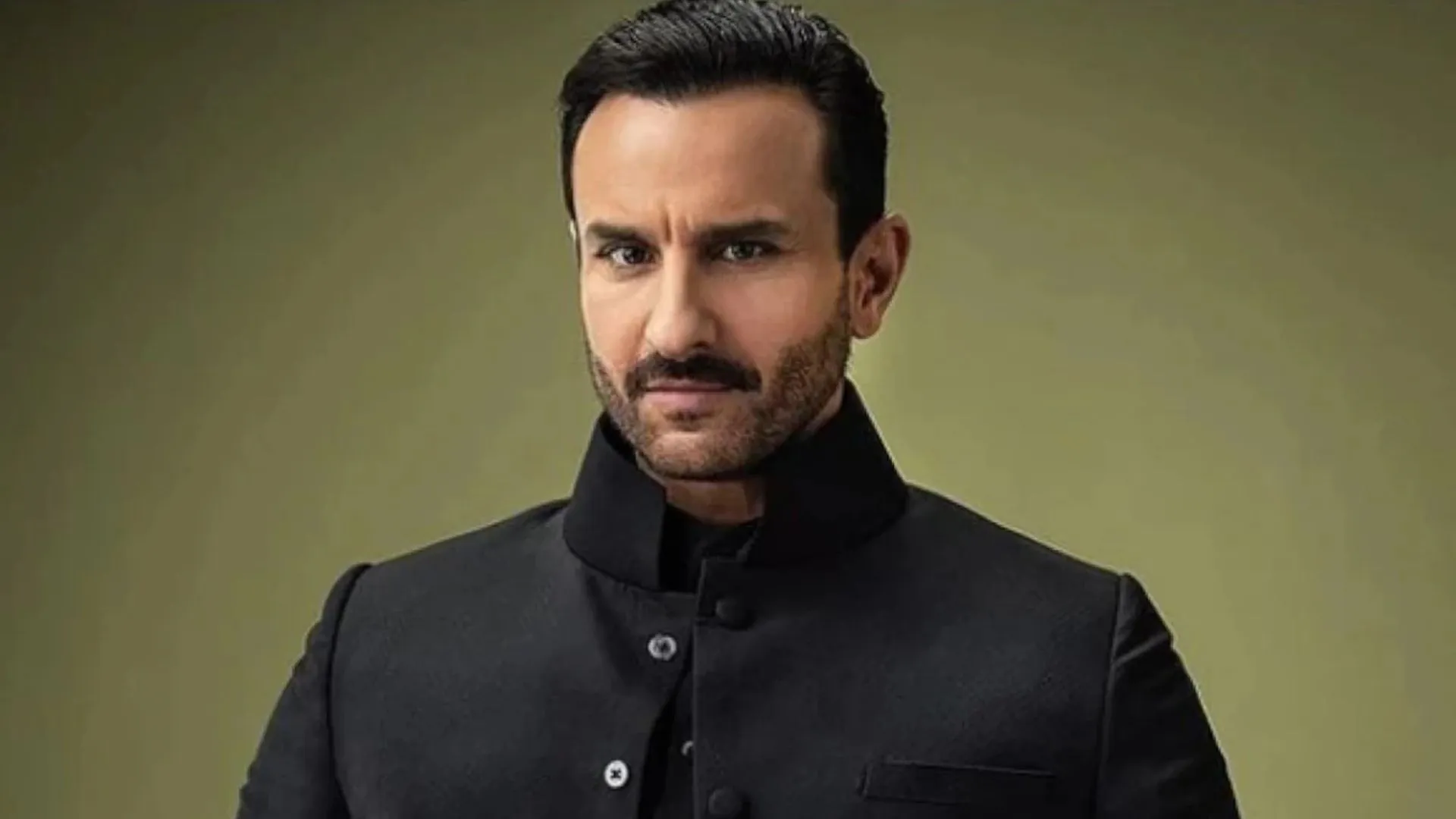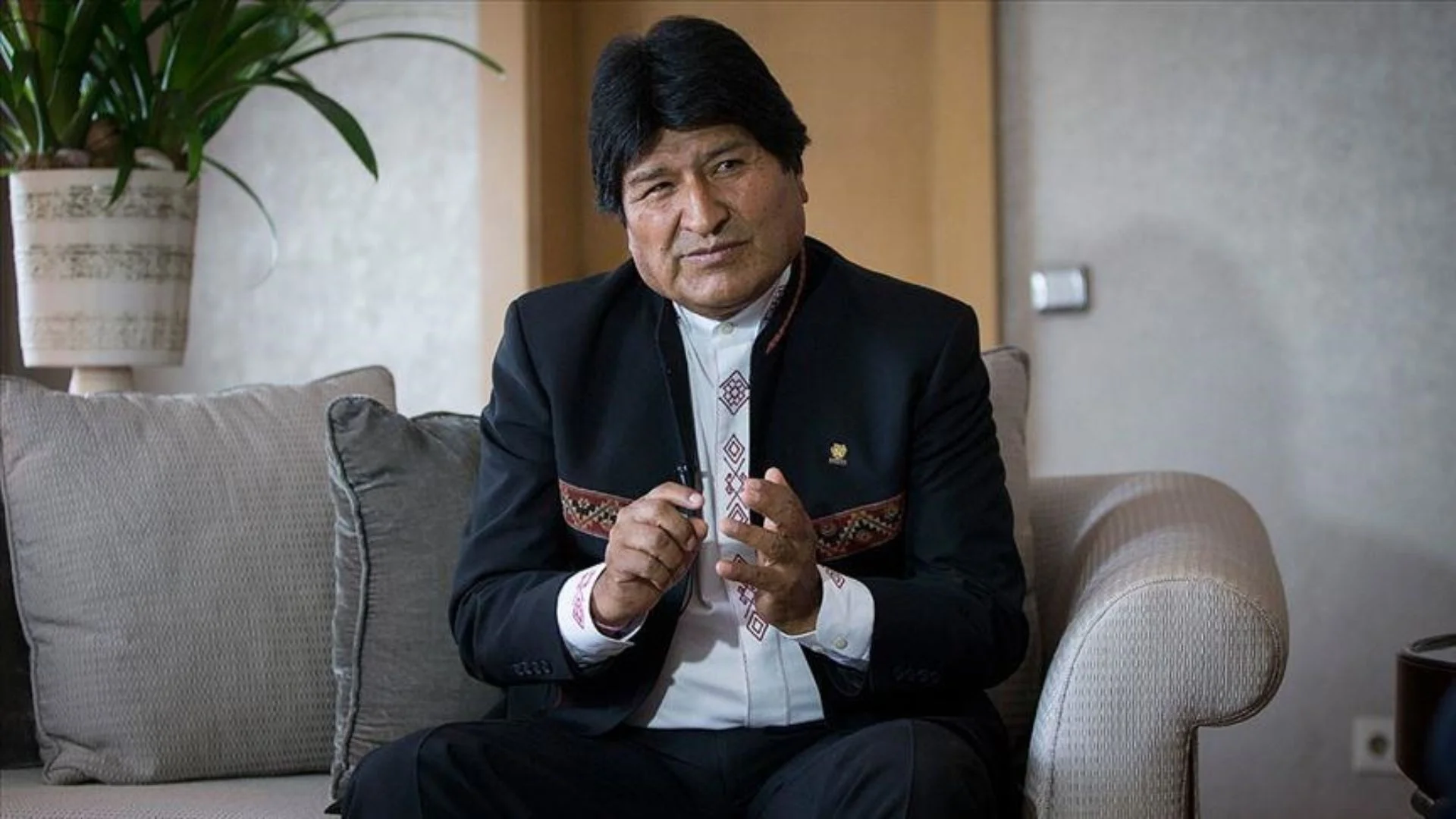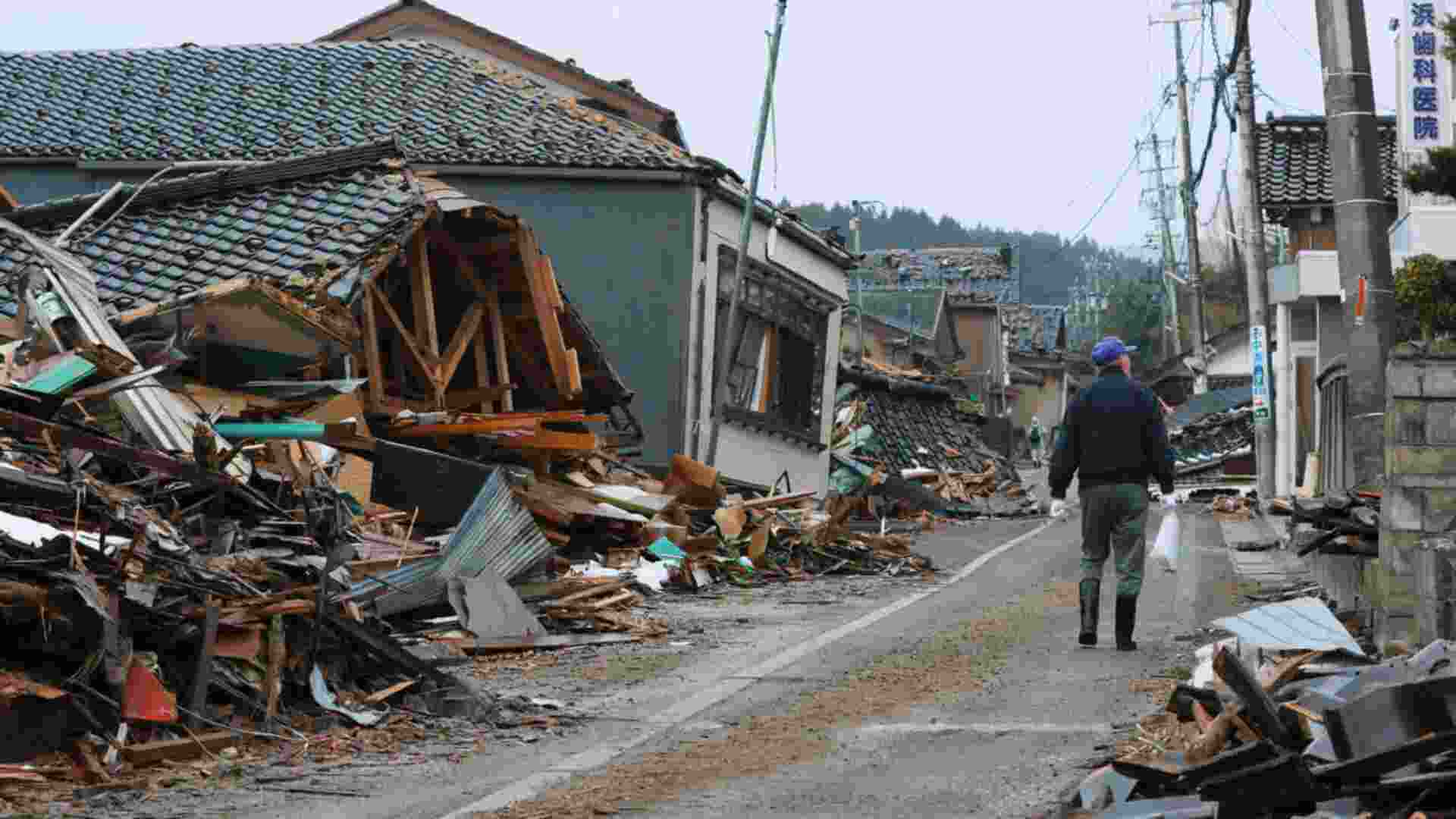When producer Laurie David walked into a town hall meeting about a decade and a half back she had no idea that what was about to follow would single-handedly reenergize the global environmental movement. But, as soon as the former United States Vice President Al Gore finished making his presentation, Laurie David had a clear goal ahead of her—to adapt Al Gore’s presentation (a slide show on Global Warming replete with detailed graphs, flow charts and alarming visuals) into a film.
Along with producer Lawrence Bender, she met with writer-director Davis Guggenheim. And, the rest, as they say, is history. The resulting film, a documentary titled “An Inconvenient Truth,” premiered at the 2006 Sundance Film Festival to rave reviews. It became a critical and commercial success, grossing USD 50 million worldwide and bagging two Academy Awards, including one for Best Documentary Feature. The film is said to have been responsible for raising public awareness about global warming and revitalizing the environmental movement all across the world. When Padma Shri Dr. Nila Madhab Panda embarked upon the journey to make his 2017 film “Kadvi Hawa”, he knew he was about to tread a very different path as a cinematic storyteller.
A powerful and gripping drama that captures the very real threat of climate change, “Kadvi Hawa” is based on true stories from the drought prone Bundelkhand region and the vanishing villages from coastal Odisha and Chambal region of Rajasthan. The idea of making “Kadvi Hawa” first came to Dr. Panda back in 2005 while shooting a documentary on climate change. In his own words, “In Odisha, there were seven villages on a coastal line. They were called ‘seven brothers’. But when I reached there, I only saw two of them. I got a shock when I saw two hand-pumps inside water. I heard from people between the age group 60-70 that those hand-pumps were earlier located in the middle of the village.”
Touted as the first Bollywood film talking about environmental issues as a whole, “Kadvi Hawa” received a Special Mention at the 64th National Film Awards. But calling a film like “Kadvi Hawa” a warning would be far from correct. For, we are now well past the days of warning as far as climatic change is concerned. Let’s not forget that more than 15 years have passed since Al Gore’s “In Inconvenient Truth” first opened up in New York City and Los Angeles on May 24, 2006. Gone are the days when we could afford to treat the issue of climate change with levity. The onus is on us all and it’s high time we started acting on it. Dr. Panda’s latest offering “Kalira Atita” in many ways is a follow up to “Kadvi Hawa”. But this time around he doesn’t just tell us a story about the hazards of climate change. With “Kalira Atita,” he wants us to experience the danger firsthand. That’s the kind of immersive experience Dr. Panda has created using a hybrid narrative form which brings to us the best of fiction and documentary.
“Kalira Atita” is based on true events and shot on a real location, “Satavaya”—a cluster of seven villages on the east coast of India that have been engulfed by the sea. The survivors of these villagers have been rehabilitated by the state government to a new settlement ‘Bagapatia’. “Kalira Atita” tells the heartrending story of an emotionally disturbed man named Gunu who haunted by the deadly memories of a past cyclone finds himself confronting another super cyclone when he travels back to his now engulfed-village in a bid to confront his ghastly past despite the official warnings. What ensues is a devastating tale of survival, an epic man versus nature battle, on an abandoned coast that seems to unfold in real-time, giving “Kalira Atita” a sense of heightened realism.
The fate of “Satavaya” on the coast of Bay of Bengal serves as a warning to bigger cities and other coasts. There is no denying that climate change induced sea level rise is one of the biggest threats to mankind. According to various studies, the rising sea level will put cities like Mumbai, Bangkok and Shanghai at risk of being submerged by the year 2050. It is paramount that everyone starts perceiving the threat as real otherwise we will have only ourselves to blame for our inaction.
By wholeheartedly committing himself to key environmental issues, Dr. Panda has been successful in creating greater sensitization amongst the Indian people about the imminent dangers of global warming / climate change. In many ways, he can be compared to Sir David Attenborough whose overtly environmentalist stance has led to much greater awareness amongst the Western world about the perils that the planet increasingly finds itself in owing to the unchecked and callous nature of human intervention with nature.
“Kalira Atita” is currently streaming on MUBI India.

